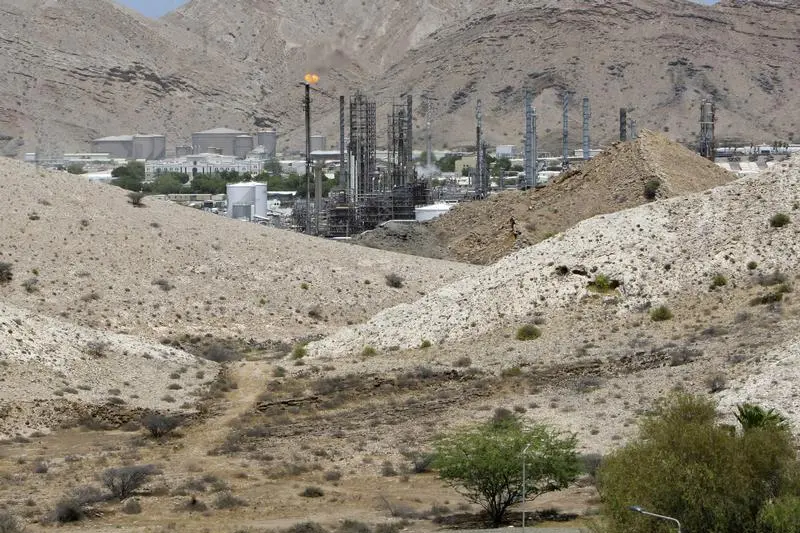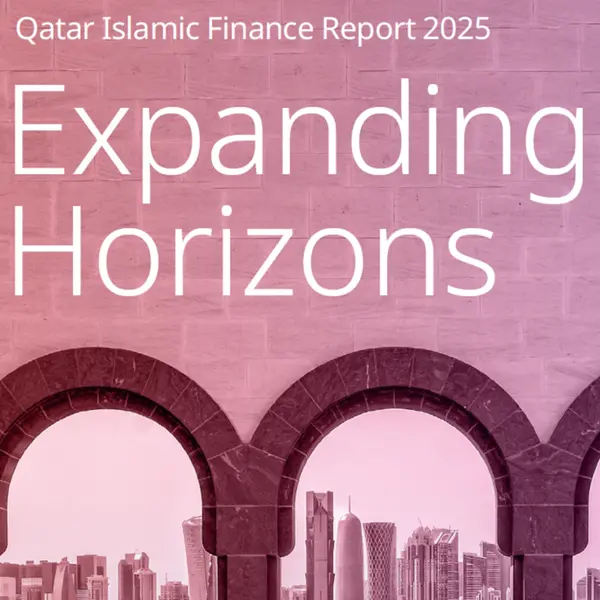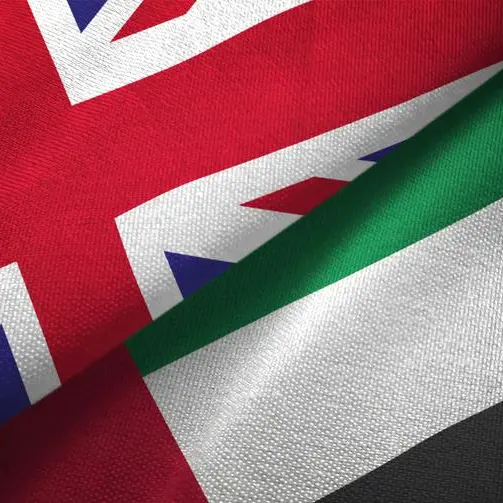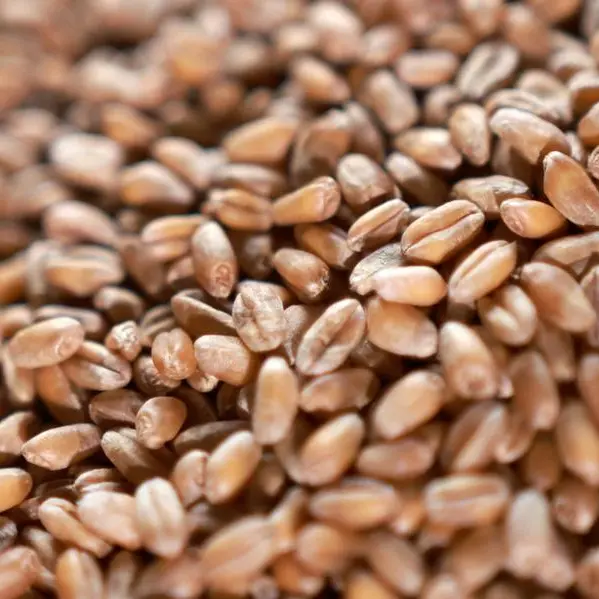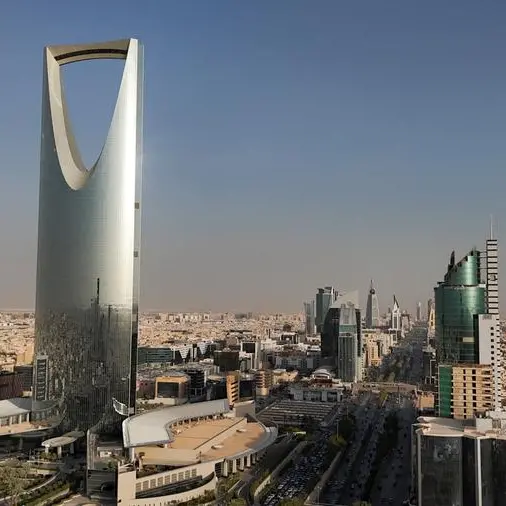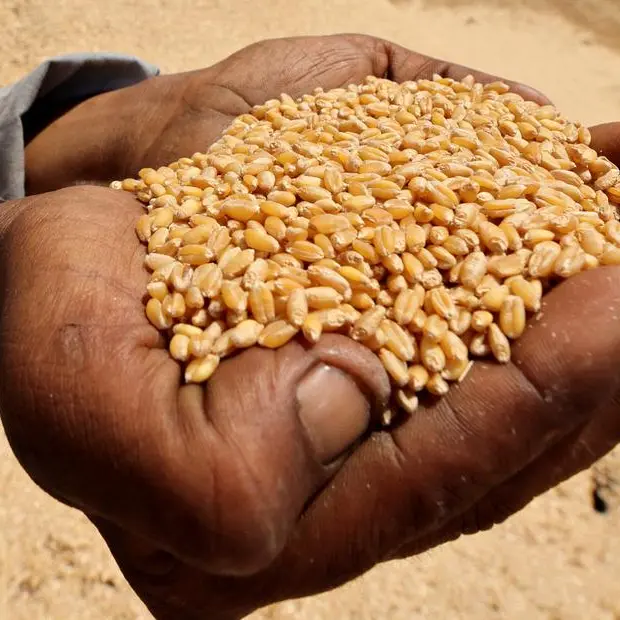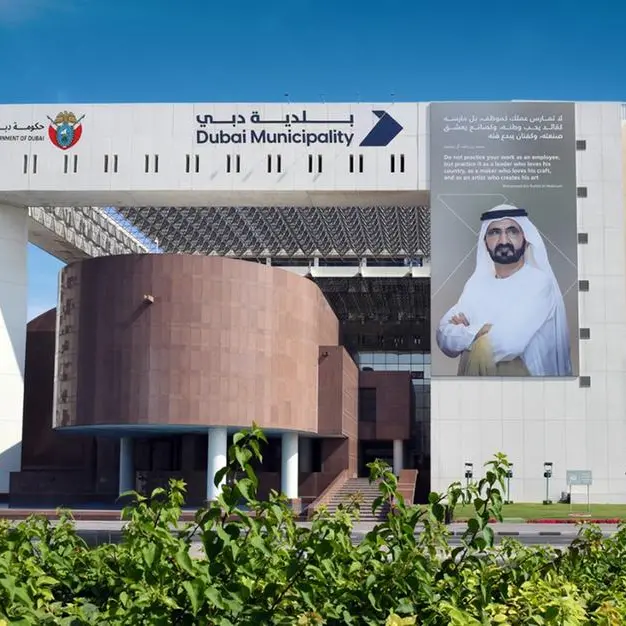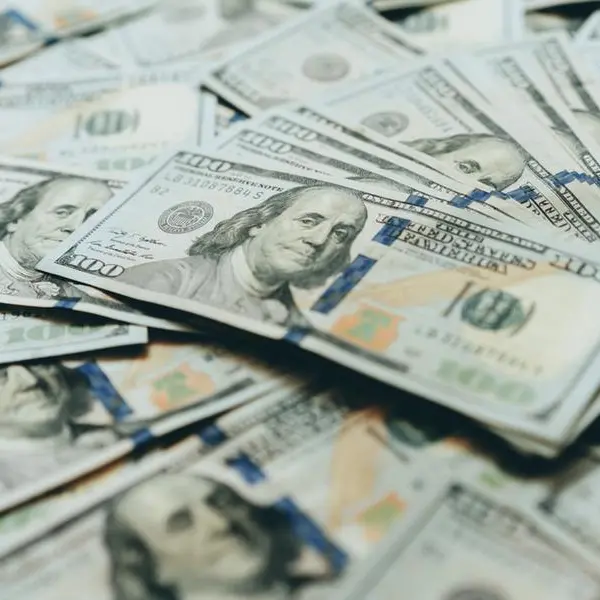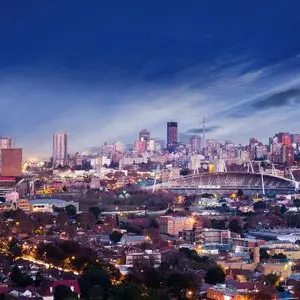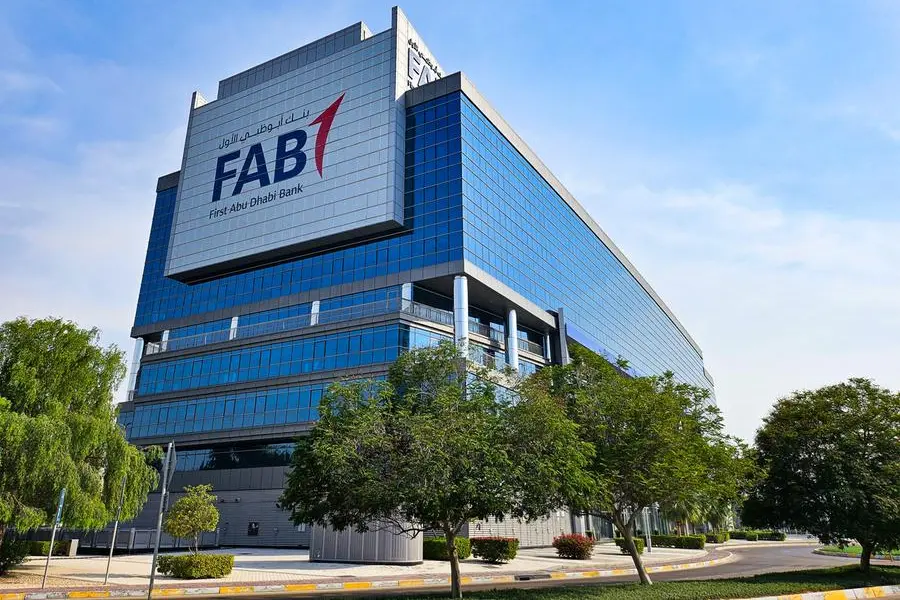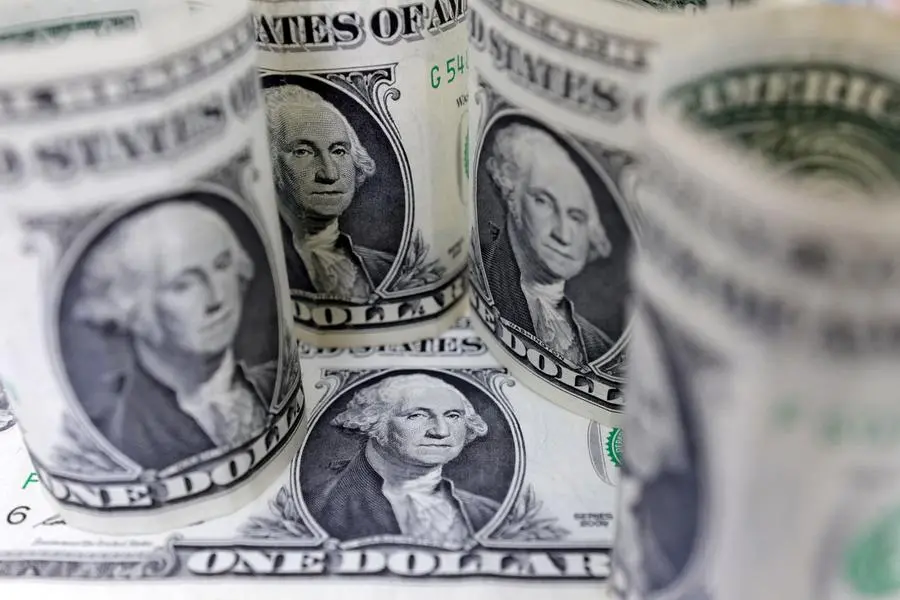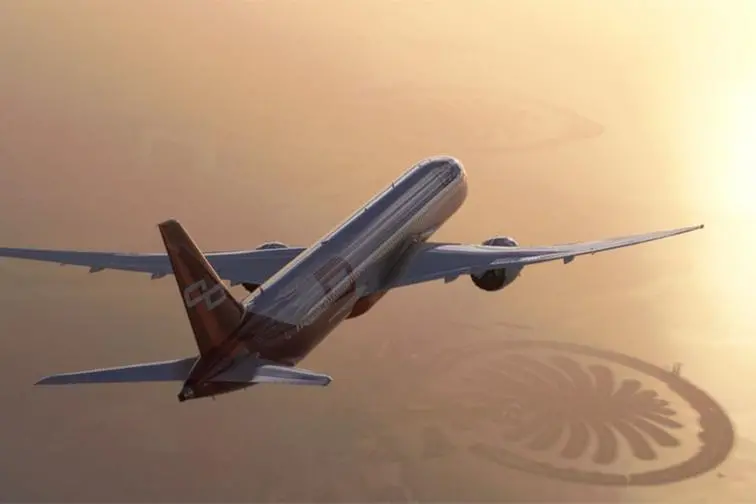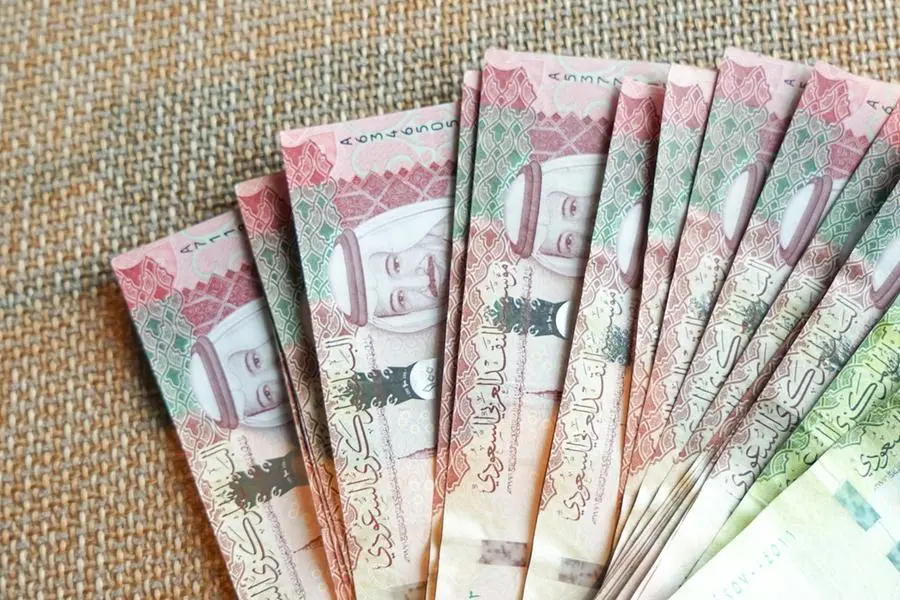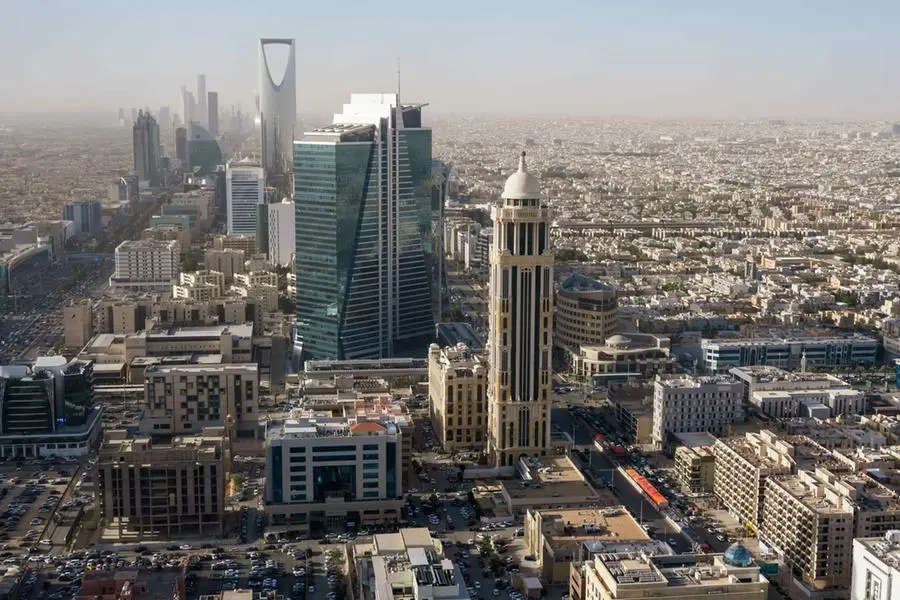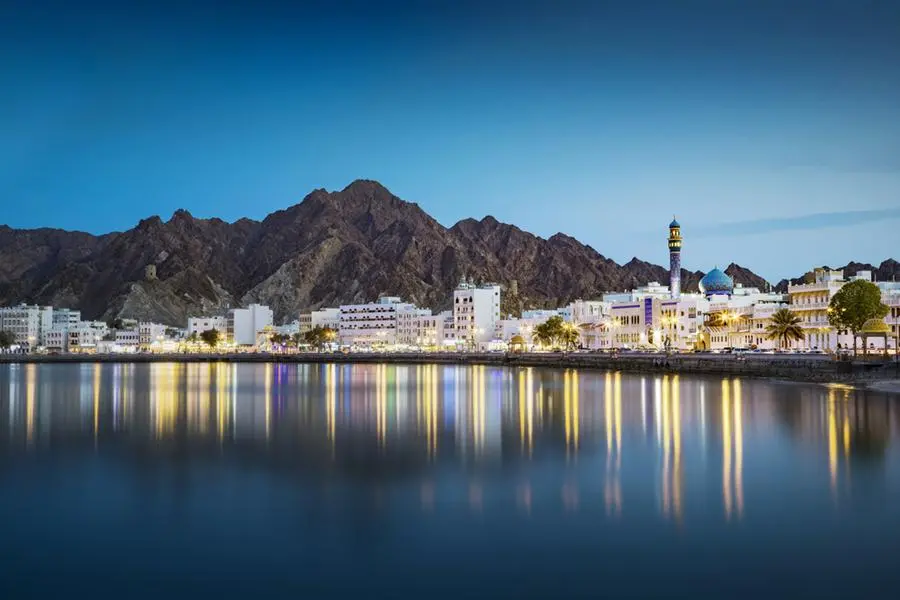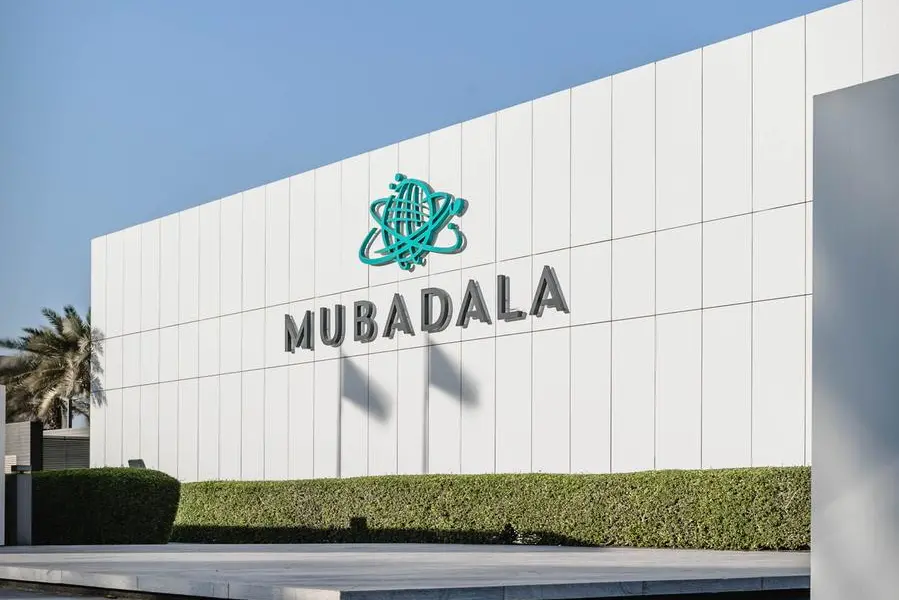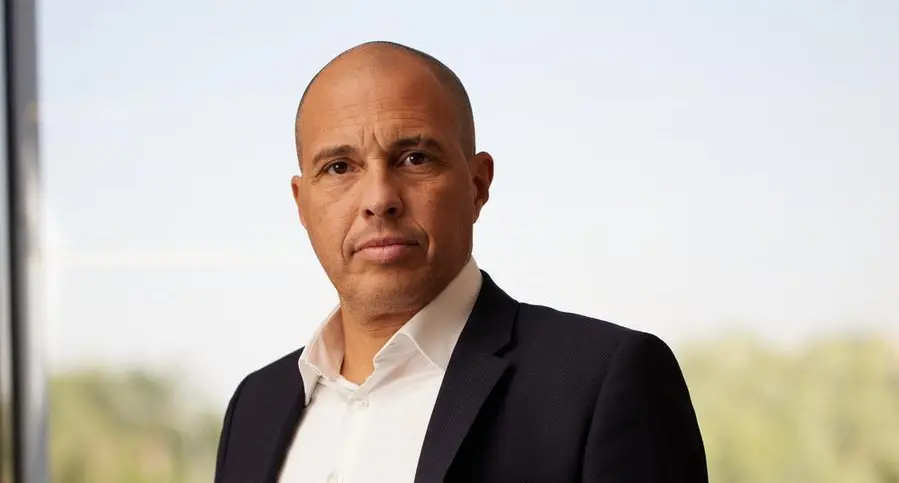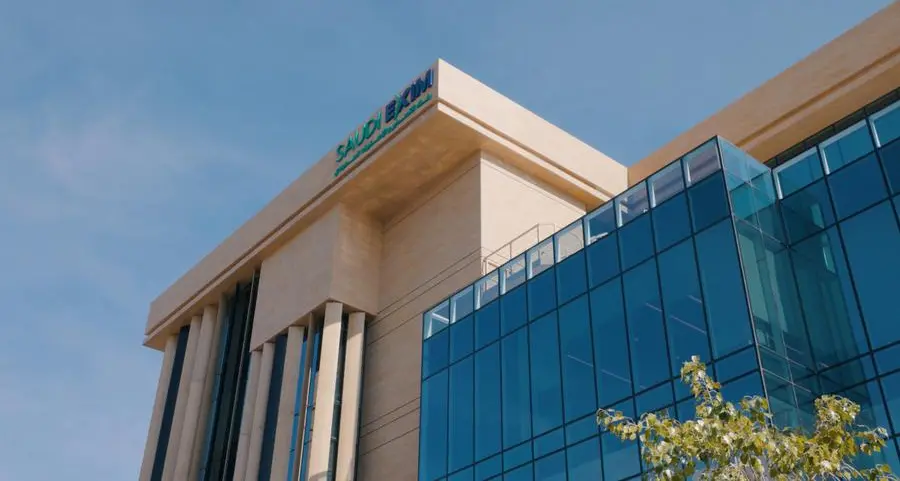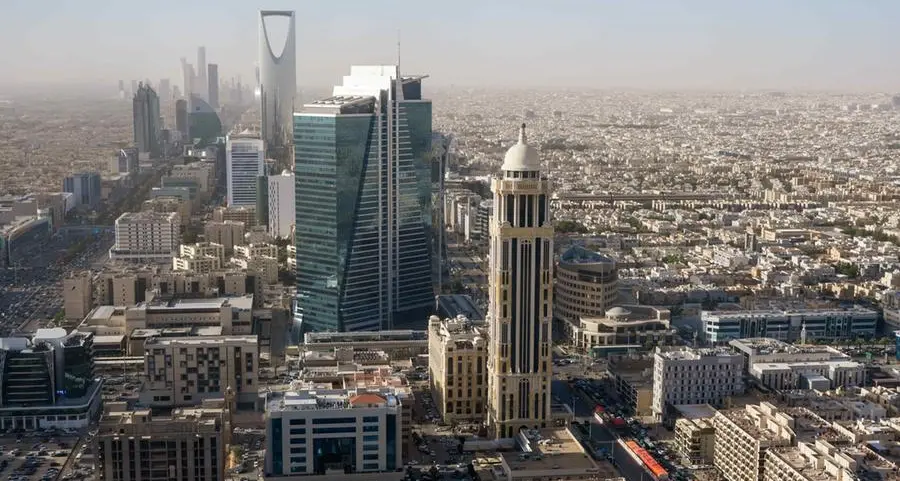PHOTO
Image used for illustrative purpose. A view of Petroleum Development of Oman (PDO) near Muscat June 5, 2010.
Higher energy prices and strong increases in gas output helped return Oman’s economy to growth in 2018, with expansion forecast to accelerate in the coming year.
Real GDP is expected to expand by 1.9% in 2018, according to projections issued by the IMF in October, rebounding from a 0.9% contraction in 2017.
In an earlier assessment released in July 2018, the fund predicted the hydrocarbons sector to expand by 1% across the whole year, with non-hydrocarbons activity to rise by 3%.
Energy returns driving increase in state revenue
The expected return to growth has coincided with an increase in state revenues, which rose by 32.2% year-on-year (y-o-y) in the first 10 months of 2018 to stand at OR8.7bn ($22.6bn), according to data released by the National Centre for Statistics and Information (NCSI).
The spike was primarily driven by the energy sector. Despite the production of crude oil and condensates edging up by just 0.8%, net oil revenues increased by 46.9% y-o-y over the period to OR5.4bn ($14bn), boosted by higher oil prices for much of the year.
Returns on Omani Crude increased by 35% y-o-y in the first 11 months of 2018, rising to an average of $68.70 a barrel across January-November 2018, up from $50.90 a barrel during the same period in 2017.
Meanwhile, gas revenues also increased by 29.8% between January and October to OR1.6bn ($4.2bn) on the back of an 11.9% rise in imports and production.
Despite a 7.2% y-o-y increase in total public expenditure over the 10-month period to OR10.1bn ($26.3bn), the additional revenue had a positive impact on the country’s fiscal balance, with the deficit dropping by 36.1% y-o-y to OR2bn ($5.2bn).
The positive performance of the energy sector has prompted the IMF to predict overall GDP growth of 5% in 2019, with the fund’s earlier June forecast foreseeing an 8.2% increase in real hydrocarbons GDP.
Fluctuating oil prices place pressure on fiscal targets
Despite the positive outlook for the hydrocarbons sector and economy more broadly, the drop in global oil prices towards the end of 2018 could place pressure on future growth and pose a challenge to efforts to narrow the country’s fiscal balance.
Global prices dropped from yearly highs of $86 per barrel in October to around $53 by the end of the year, well below the country’s break-even point of $77.10, as estimated by the IMF.
This development has led the government to implement a 2% reduction in oil production for the first half of 2018, in line with a decision taken by OPEC in December to scale back output to boost pricing in the market.
The fall in oil prices, combined with a decline in foreign assets, prompted ratings agency Fitch to downgrade Oman’s long-term foreign currency issuer default rating from BBB- to BB+ on December 18, while retaining its stable outlook projection.
In terms of the budget, while progress was made in 2018, with the deficit dropping from 14% of GDP to 9%, according to Fitch, the agency predicts the figure to widen to 10% in 2019, before falling again to 7% by 2020. Furthermore, the country’s debt levels are expected to rise to 58% of GDP in 2020, up from an estimated 48% in 2018.
The forecast narrowing of the deficit over the medium term is expected to be achieved through new revenue measures such as a 5% value-added tax, to be introduced in September 2019, and an excise tax on tobacco, alcohol and soft drink products, combined with lower spending and new energy reserves being brought on-line, Fitch said.
Manufacturing expands on the back of diversification plans
The manufacturing sector is expected to continue its expansion in 2019, with the industry recording strong growth on the back of increased investment.
Manufacturing GDP grew by 13.7% y-o-y in nominal terms in the first half of 2018, according to NCSI data, building on the 9.2% expansion achieved in 2017.
The acceleration in growth comes amid efforts to increase the sector’s contribution to GDP from current levels of around 9% to 15% by the end of the decade as part of Oman Vision 2020, the sultanate’s economic development strategy.
Recent developments include the August announcement that local company Sohar Aluminium will partner with Indian auto parts firm Synergies Castings to construct a $100m plant to produce alloy wheels for overseas markets, expected to be completed by 2020.
This was followed by media reports that Chinese investors were planning to develop a $98m carpet and blanket factory in the eastern port city of Duqm. Also in Duqm, local company Assarain Concrete announced plans in August to build a 60,000-sq-metre plant close to the city’s port that will produce concrete blocks, tiles, paving slabs and kerbstones for the construction industry.
© Oxford Business Group 2019